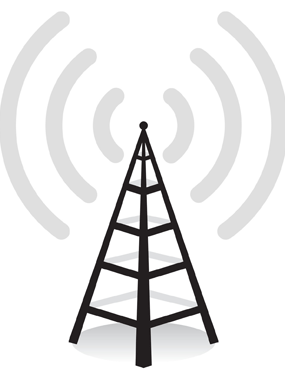LTE vs LTE Advanced

LTE vs LTE Advanced covers difference between LTE and LTE Advanced 3GPP wireless technologies.
Both the LTE and LTE-Advanced are fourth generation wireless technologies designed to use for high speed broadband internet access. The specifications are published by 3rd Generation Partnership Project(3GPP). LTE is specified in 3GPP release 8 and LTE Advanced is specified in 3GPP release 10.
Long Term Evolution: LTE Advanced
LTE is the short form of Long Term Evolution. It uses FDD and TDD duplex modes for the UEs to communicate with the eNodeB. There are various bandwidths supported in LTE. Based on the bandwidth different physical layer configurations are used for the system elements(UEs and eNodeBs) to communicate efficiently. The LTE uses OFDMA modulation in the downlink(from eNodeB to UEs) and SC-FDMA modulation in the uplink(from UEs to eNodeB). Various physical channels and logical channels are designed to take care of data as well as control informations. It supports peak data rate of 300MBPS in the downlink and 75MBPS in the uplink(theoretically).

LTE-Advanced is the upgraded version of LTE technology to increase the peak data rates to about 1GBPS in the downlink and 500MBPS in the uplink. In order to increase the data rates LTE-Advanced utilizes higher number of antennas and added carrier aggregation feature.
| Specifications | LTE | LTE Advanced |
| Standard | 3GPP Release 9 | 3GPP Release 10 |
| Bandwidth | supports 1.4MHz, 3.0MHz, 5MHz, 10MHz, 15MHz, 20MHz | 70MHz Downlink(DL), 40MHz Uplink(UL) |
| Data rate | 300 Mbps Downlink(DL) 4x4MIMO and 20MHz, 75 Mbps Uplink(UL) | 1Gbps Downlink(DL), 500 Mbps Uplink(UL) |
| Theoretical Throughput | About 100Mbps for single chain(20MHz,100RB,64QAM), 400Mbps for 4×4 MIMO. 25% os this is used for control/signaling(OVERHEAD) | 2 times than LTE |
| Maximum No. of Layers | 2(category-3) and 4(category-4,5) in the downlink, 1 in the uplink | 8 in the downlink, 4 in the uplink |
| Maximum No. of codewords | 2 in the downlink, 1 in the uplink | 2 in the downlink, 2 in the uplink |
| Spectral Efficiency(peak,b/s/Hz) | 16.3 for 4×4 MIMO in the downlink, 4.32 for 64QAM SISO case in the Uplink | 30 for 8×8 MIMO in the downlink, 15 for 4×4 MIMO in the Uplink |
| PUSCH and PUCCH transmission | Simultaneously not allowed | Simultaneously allowed |
| Modulation schemes supported | QPSK, 16QAM, 64QAM | QPSK, 16QAM, 64QAM |
| Access technique | OFDMA (DL),DFTS-OFDM (UL) | Hybrid OFDMA(DL), SC-FDMA(UL) |
| carrier aggregation | Not supported | Supported |
| Applications | Mobile broadband and VOIP | Mobile broadband and VOIP |
